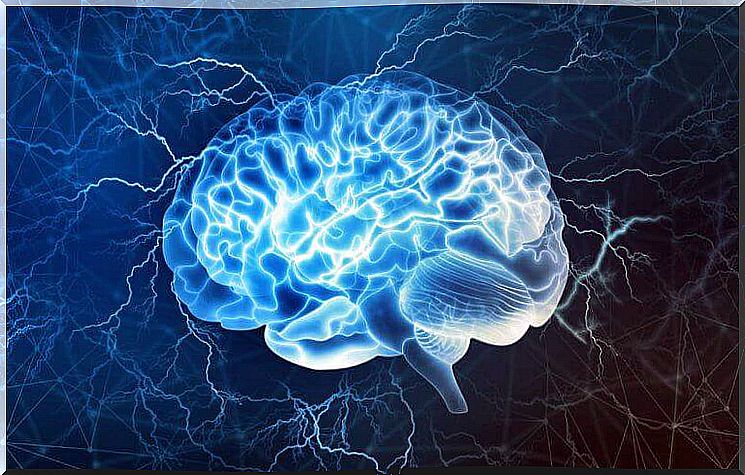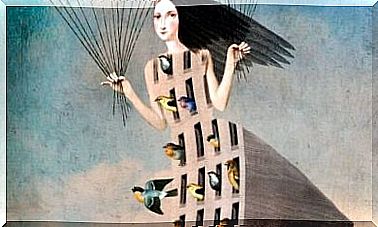Associative Cortex: Characteristics And Functions
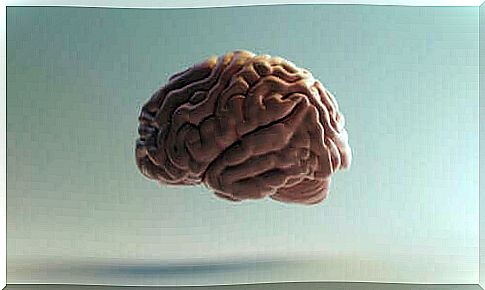
The brain is as complex as life itself. Each of its parts is important and has a function, but none could play this role if the others were not connected to each other. The links between the different parts of our brain are, therefore, of vital importance. An example is that of the associative cortex which, without the unions it establishes, could not function properly.
The associative cortex is a part of the cerebral cortex that is fundamental for our daily functioning. Thanks to it, we can recognize different shapes, assimilate sounds, compose a melody, link smells to memories and taste flavors, among other functions.
More concretely, this cortical area is responsible for integrating what we perceive. It makes sense of what we receive on a sensory level, which is also known as sensory input .
We will therefore, throughout this article, explore this incredible part of the brain. It is one of the most modern phylogenetically. Let’s dig deeper!
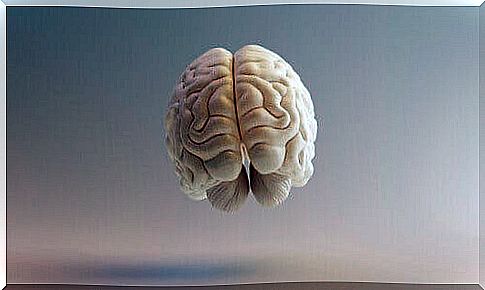
What is the associative cortex?
The associative cortex, which, along with other areas, makes up the cerebral cortex, is the outermost and most visible part of this cortex. Its main role is to link together information that comes from different regions of the brain. It is therefore responsible for integrating the information transmitted by the senses.
How does it work ?
Through the different connections it has, the associative cortex integrates the stimuli that we receive and facilitates the interpretation of what is happening to us. It does this by connecting to one or more sensory systems simultaneously.
In fact, the associative cortex is a kind of translator : as it receives different information, it transforms them into a language capable of being understood and taken into account at the cerebral and cognitive level.
The end result is the culmination, from all this incoming information, of a concrete and defined perception concerning our internal or external environment. Awesome, isn’t it?
What are the regions of the associative cortex?
This cortex has a multisensory character. He is able to associate different sensations with each other and also to associate them with motor areas. To do this, it relies on the following areas:
- The auditory associative cortex: it is responsible for the perception and recognition of sounds. This means that it is necessary to interpret these and relate them to other areas. Moreover, its stimulation can make us remember music from the past.
- The associative region of the lobe of the insula: it is responsible for integrating information related to the sense of taste. In addition, she has been granted sensitive functions related to smell and she is also responsible for several autonomic functions, among others
- The vestibular associative area: it allows us to appreciate the bodily positions and the movements of the head in space. In addition, it is linked to the sensory-motor function of balance
- The associative visual zone: it links the visual information it receives with past visual experiences. This therefore allows us to recognize or remember what we see
- The associative areas of language: these areas are divided into two: that of Wernicke and that of Broca. The first deals with linking sounds to concepts; it promotes the understanding of language. The second is fundamental for the motor generation of spoken language
- The parieto-temporo-occipital associative zone: it is responsible for relating visual, propioceptive and tactile information. In this way, it integrates the concepts of shape, size and texture. In addition, it is linked to the perception of body image and awareness of the body pattern.
- The prefrontal associative cortex: it is located in front of the motor cortex and is linked to the control of behavior and executive functions such as, for example, decision-making and planning. It is also important for the expression of language
- The limbic associative area: with the parieto-temporo-occipital and the prefrontal, it makes up the three main areas of association. It is responsible for integrating the information that comes from the limbic system. In other words, it helps us capture and understand emotions, in addition to connecting them to memories.
The regions of the associative cortex can also be classified according to two criteria: unimodal and polymodal. The first are adjacent to the main sensory areas and are responsible for processing information in a single sense or performing a single function. On the other hand, the second deals with integrating different information coming from several senses and performing several functions.
Pathologies associated with the associative cortex
Damage to the associative cortex is of a serious nature. They usually create a great handicap in the affected person.
Let’s take a look at some of the pathologies that can derive from damage or malfunction:
- Agnosia: this is the inability to recognize objects through a sense. People with visual agnosia are unable to recognize an object in front of them, even though they can see perfectly
- Apraxia: this is the inability to perform tasks or movements in the face of an order or a desire to do so, as soon as these involve an ordered sequence of movements
- Aphasia: it is a language disorder that highlights an inability or difficulties when communicating or understanding
- Emotional and cognitive-behavioral difficulties: one can, because of the lesion, find an impossibility or a difficulty in expressing emotions, in addition to an alteration of the personality and problems of comprehension of orders, planning of actions and execution of these
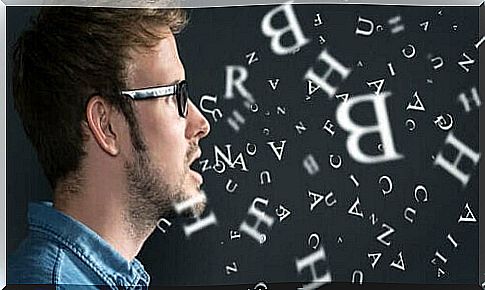
Oliver Sacks is an expert author in this subject, which it is essential to know. He was a researcher and disseminator who published works of immortal scientific source, related to neurology.
These books have helped and are helping the non-specialist audience to understand the complexity of the brain. We should go deeper into his works because the author speaks in them, with humanity and in fantastic detail, of dramatic neurological problems. Among the latter, we find some linked to the associative cortex.
For example, he wrote The Man Who Mistook His Wife for a Hat. This is a book in which he tells the story of Doctor P., a musician who claimed to have vision problems. After examining him, at the end of the visit, Doctor Sacks saw him try to get his hat and finally take his wife’s hand to put it on her head.
From his observations, Sacks was able to deduce that the problem lay in the brain and not in the sight. It was therefore a special case of agnosia, which did not allow Doctor P. to recognize human faces from the sense of sight. Surprising, isn’t it? This was the first disclosed case of prosopagnosia.
In addition, the associative cortex manages communication between different senses so that we can fully understand the stimuli of the environment. A very difficult task, but nevertheless essential, of our daily life.
